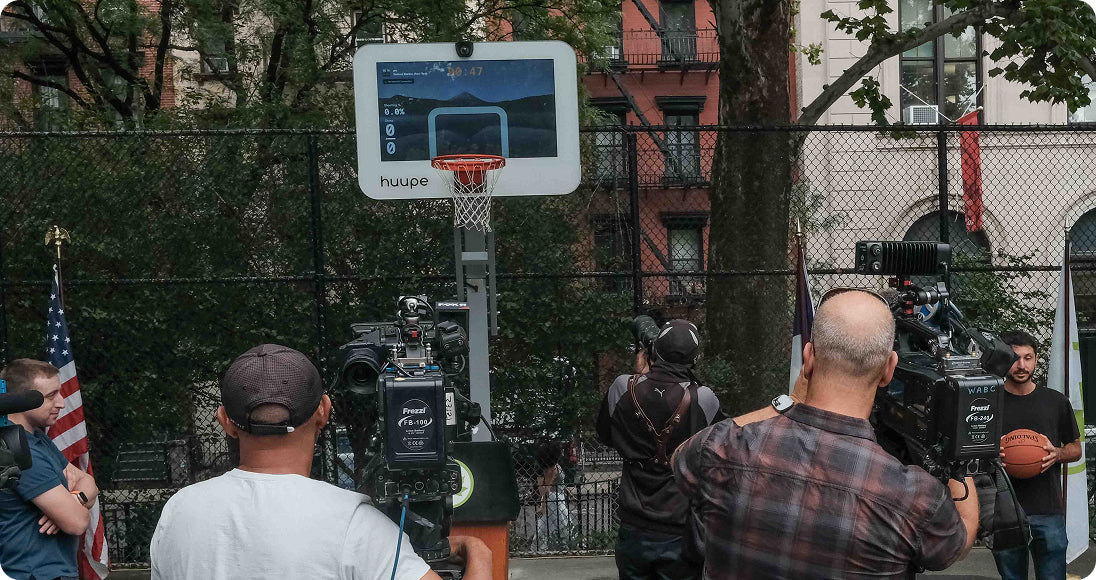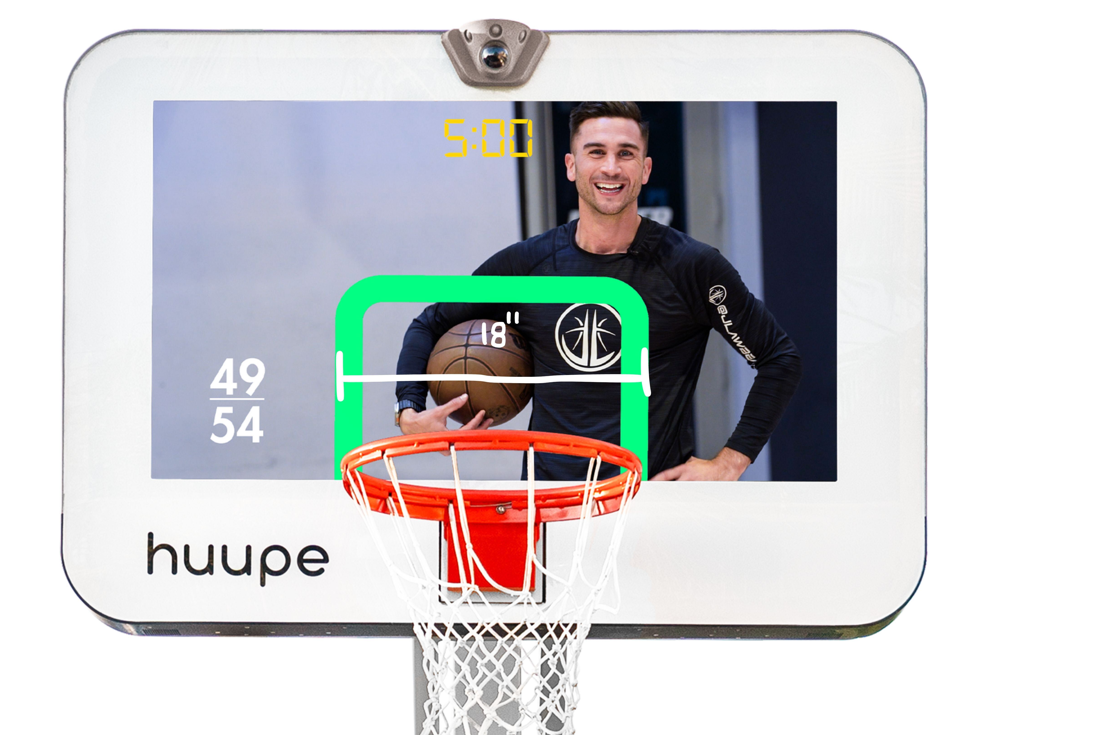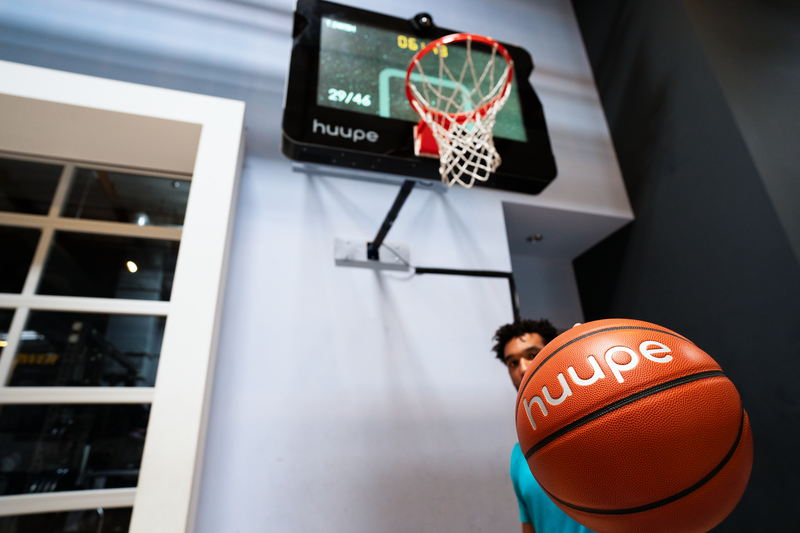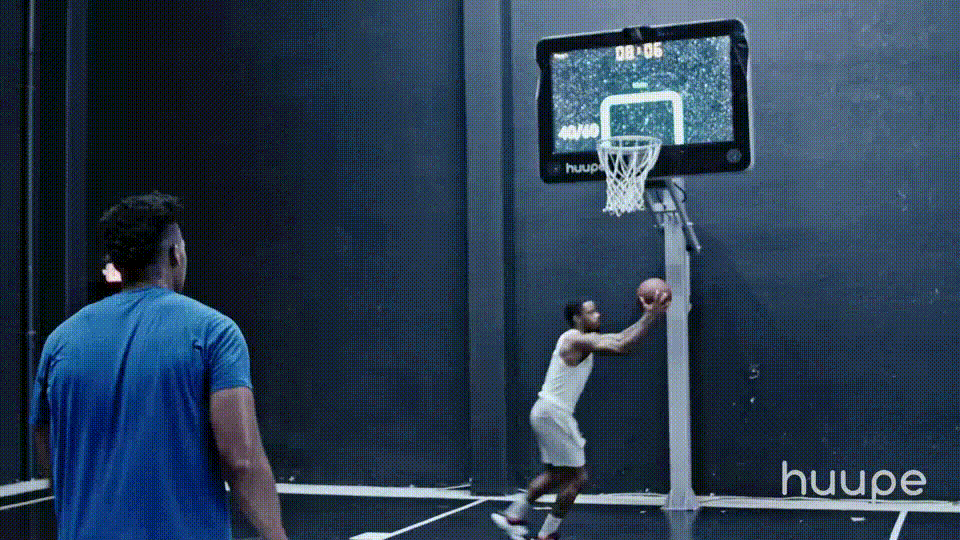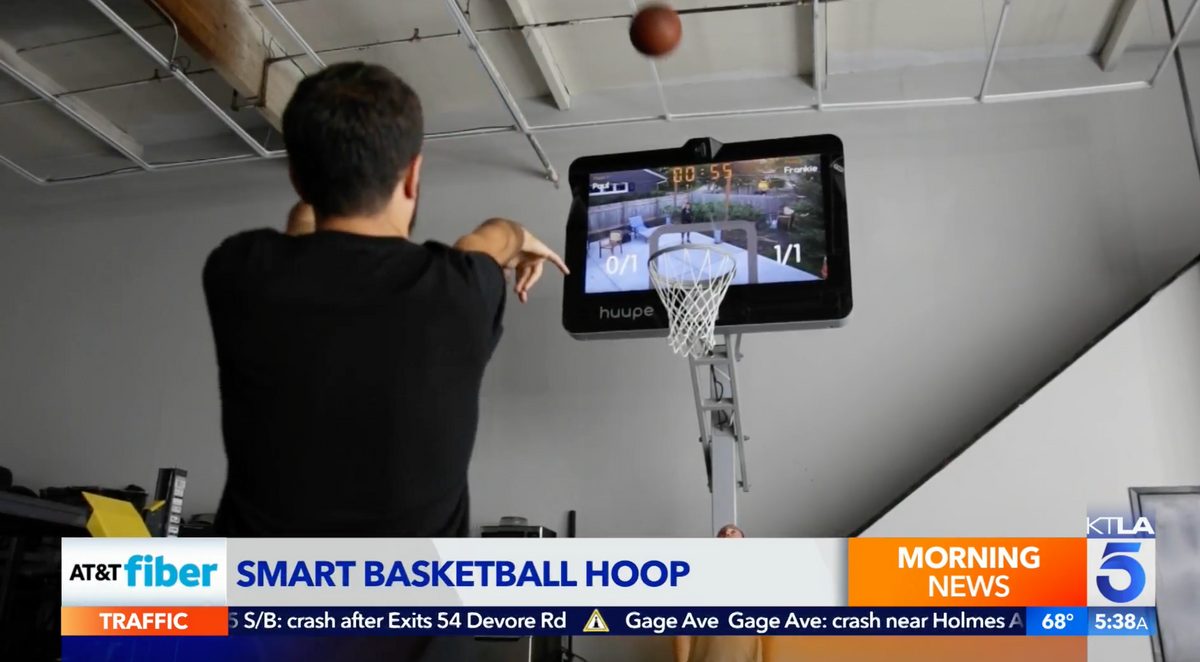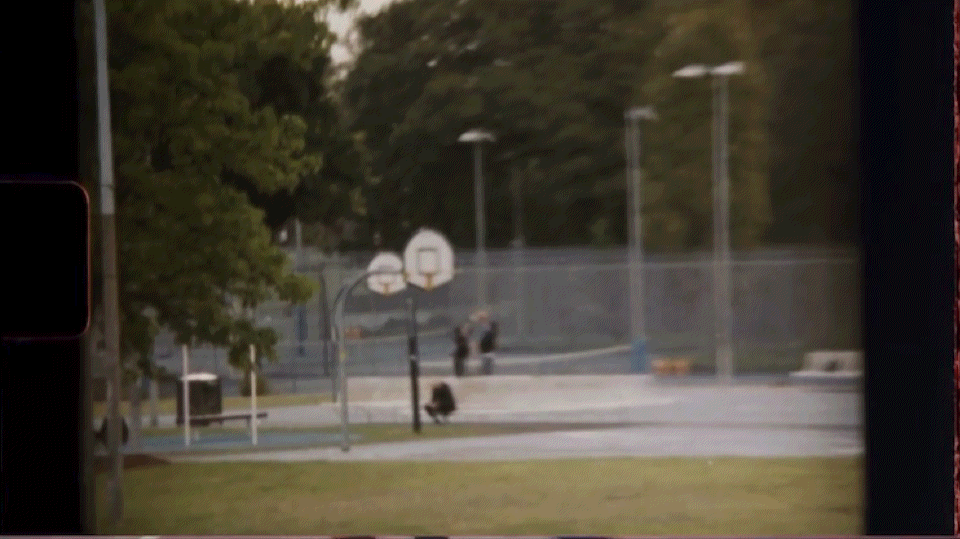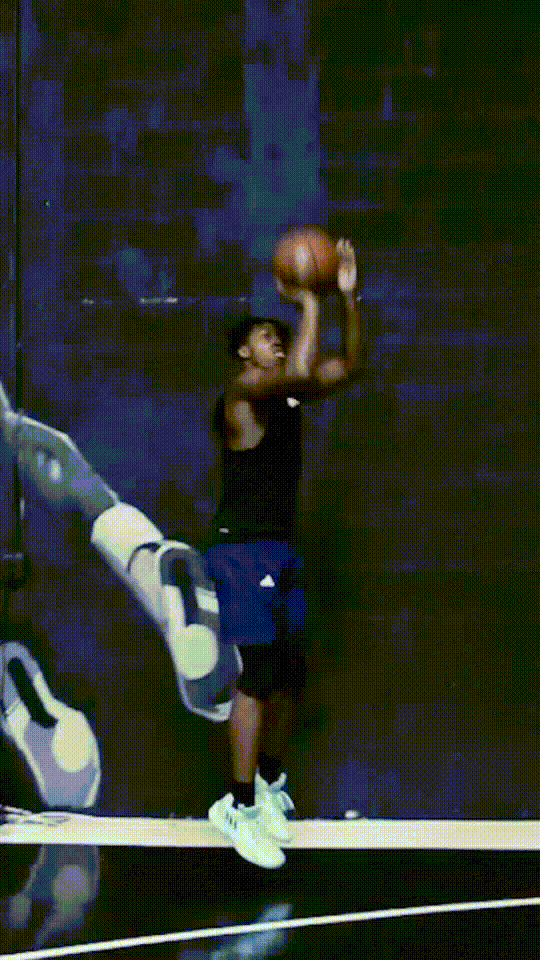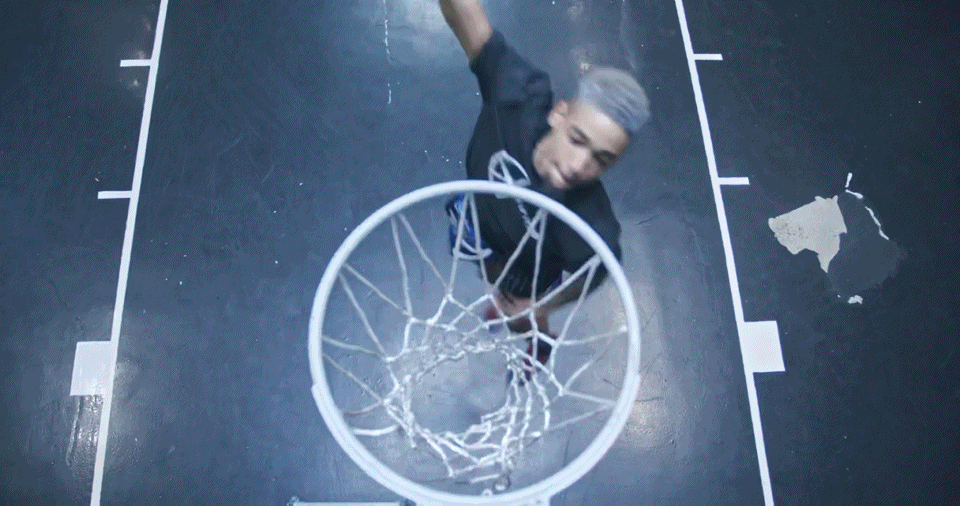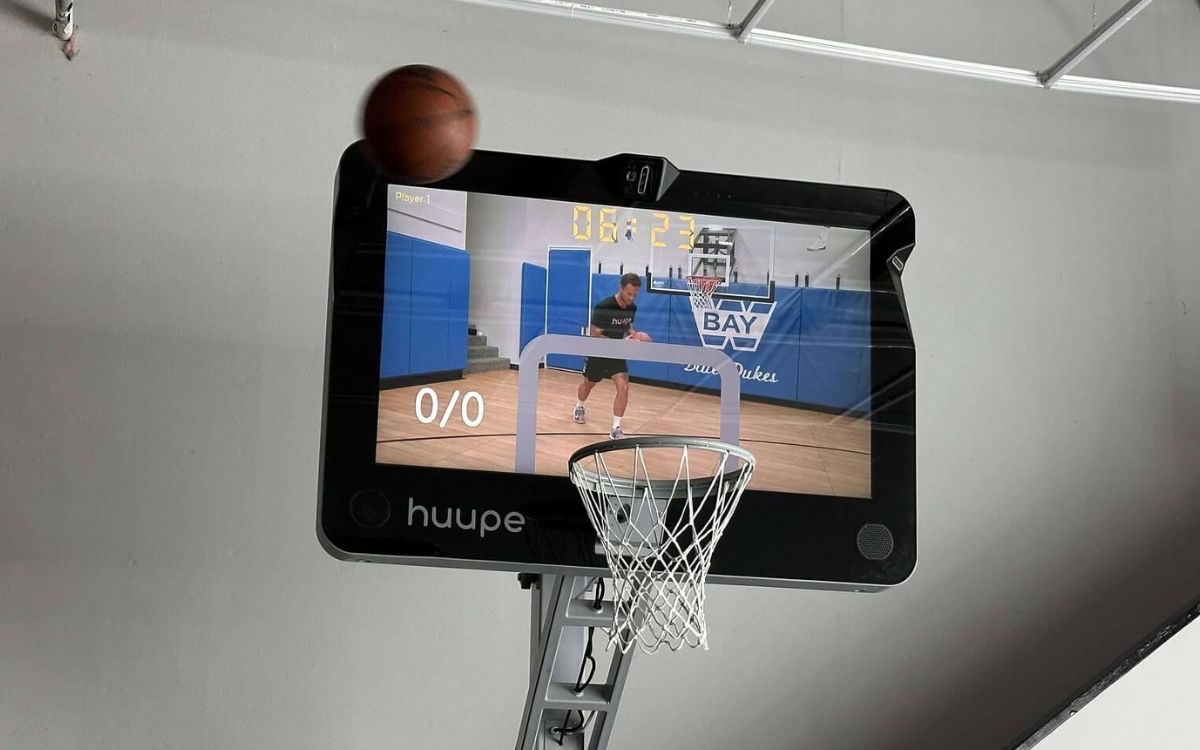Knowing The Types of Passes
Basketball is a sport that is centralized around passing and ball-handling. In order to successfully move the ball around the court to score points, players must be well-versed in a variety of understanding different types of passes in basketball In this article, we will explore all types of passes in basketball that involve each of their purposes and understanding of these. This will also answer the question of how many types of basketball passes are there.

Chest Pass
The first and the most main type of pass to master is the chest pass. This involves throwing the ball from chest level to a teammate. The chest pass is a quick and accurate pass that is easy to receive. This is most commonly used when a player is facing their teammate and has a clear line of sight. This pass is most effective when the defender is in front of the passer.
The push pass could also be known as the chest push pass or two-handed chest pass that can be similar to the chest pass but does have more power in the assist than a normal chest pass. Instead of throwing the ball at a chest level, the passer extends their arms to make it more of a push to pass the ball to their teammate. This is most effective when a player wants to get the ball to their teammate in a much quicker motion where that teammate could be further down the court or escaping a covered defense for an open shot and potential opportunity to score the basketball.

Bounce Pass
The last main type of pass is the bounce pass is used when a defender is close to the passer or when a player wants to pass the ball around a defender’s legs. In this process, the ball is thrown to the floor and is passed up to the receiving teammate. This can be most effective when a player is cutting to the basket as this would allow the ball to bounce in the player’s hands.
The overhead pass is used when a player wants to pass a ball over a defender’s head. It is often used to pass a ball to a teammate who is further down the court from them. This pass is more valuable when a player is trying to get the ball to a teammate who is further down the court from them.
The skip pass is a pass that is used to get the ball to the other side of the court in a much faster motion. It involves throwing the ball over defenders heads to a teammate on the other side of the court. This pass is most effective when breaking down a zone defense which makes the opposing team move quickly to cover the opposing player.

Alley-Oop Pass
The alley-oop pass is a high pass that is made to assist your teammate in a dunk. This can be known as one of the flashier passes that creates some of the best highlights that you can see on social media and the internet. In this type of pass, the thrower passes the ball above the rim where the person receiving it jumps up very high to dunk the ball.
Another highlight level pass is the no-look pass. This is known as one of the riskiest passes to make in a game because it is hard to know where your teammate is without seeing them. For this pass to be successful, one must have excellent court vision and great team chemistry with their teammates for this to work. Simply, this is a high- risk, high-reward type of pass that should only be used if comfortable enough with the people that you play with.
The hook pass is also known as the skyhook pass or the Kareem Abdul-Jabbar pass where a pass is thrown using a hook-like motion off of one hand. This pass is useful when the passer is closely guarded by a defender and needs to get the ball quickly to a defender. This is also one of the best passes to pass over a defender’s outstretched arms.
The off-the-dribble pass is a different type of pass where the person who has the ball is able to make an assist to a teammate while they are able to dribble. This pass is most useful when the passer needs to get the ball quickly to another teammate without it interfering with their dribble. To be successful with this pass, one must have a great ability to handle the ball while being able to understand a defense.
The diagonal pass is a pass that is thrown at an angle that is diagonal of the teammate that you are near. This pass is extremely effective when breaking down a zone defense or creating an opportunity for a player to cut to the basket. This would require a great deal of good anticipation and accuracy because this pass would most likely not be in their teammate’s initial line of sight.
All of these passes are effective, but the most important part is that the pass goes to your intended teammate instead of the opponent. These are some all types of passes in basketball that will help lead your game to the next level and help you understand how many types of passes there are in basketball. This will also help make you a better team player when you are able to perform these passes in a regular game. Each type of pass from above serves a specific purpose and requires different skills to execute these passes to success for all 5 positions in basketball. When you are able to know what are the different types of passes in basketball, the team is able to move the ball around more effectively, and create more scoring opportunities for themselves or their teammates.
Throughout this article, we have gone over many different ways to successfully pass the basketball in a game. Learn the types of passes in basketball from our trainers today! The huupe has many trainers who can teach you how to do this live and have amazing videos where you can excel at learning how to do these passes. By watching the trainers you can see in the videos of them explaining the small aspects of mastering these passes. These trainers will help you elevate your game where you could master these passes to teammates in real game situations that would help your team have a successful victory.
























